What Makes a Watch “Wearable”?
Buyers Guides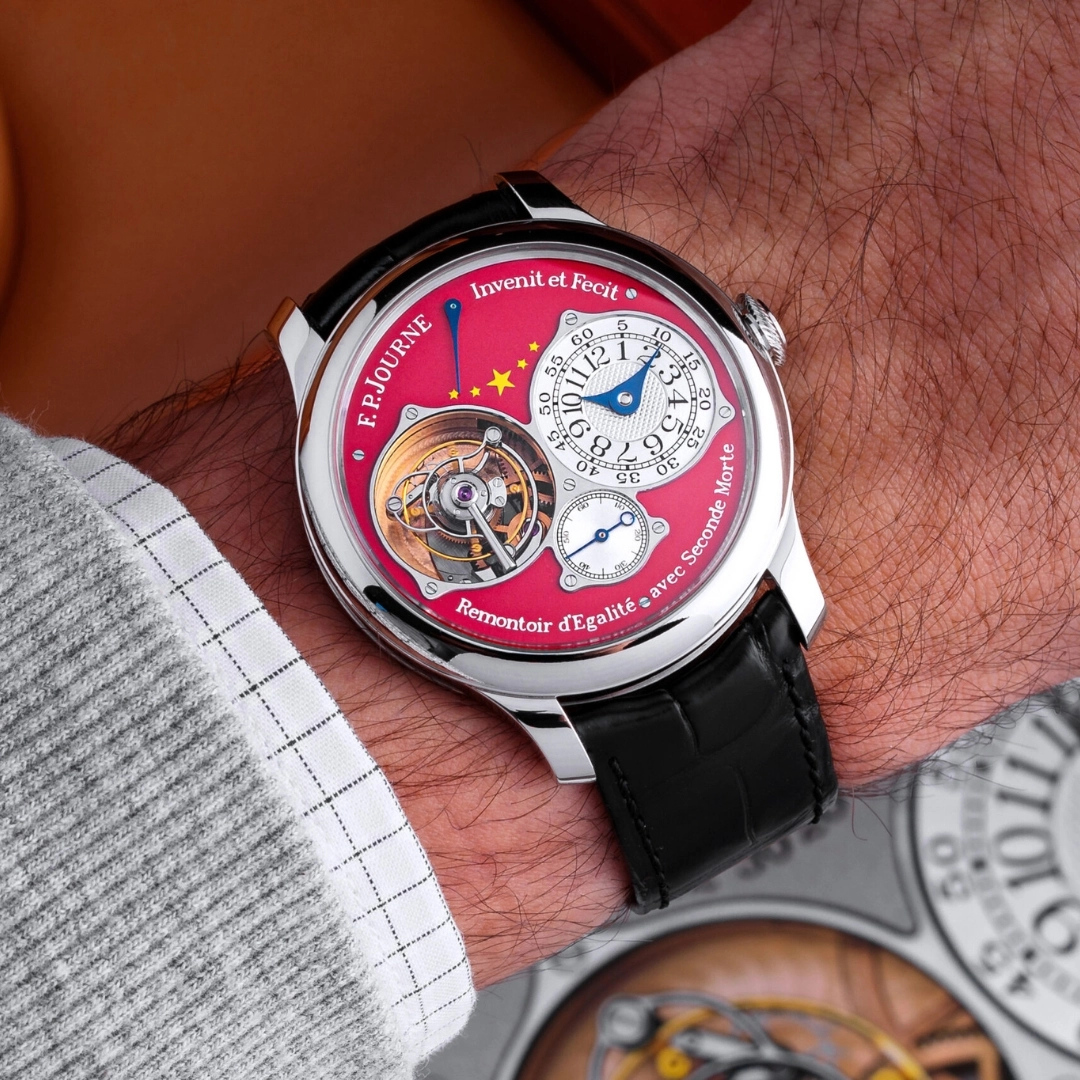
Spend enough time around collectors and you’ll hear a familiar phrase: this watch really wears well. It’s a comment tossed around with as much weight as movement specs or finishing. But what does “wearable” actually mean? The term has become part of the collecting vocabulary, yet it isn’t pinned to a single number or design feature.
Wearability is a feeling, the instant reaction once the clasp snaps shut and the watch settles against your wrist. It’s deeply personal. A watch that disappears on one wrist might feel oversized on another. Some equate it to comfort, others to balance or how naturally a piece transitions between casual and formal wear. What unites these perspectives is that “wearable” describes the lived experience of a watch. It can’t be judged from a spec sheet or press image; it comes alive only when it’s worn.
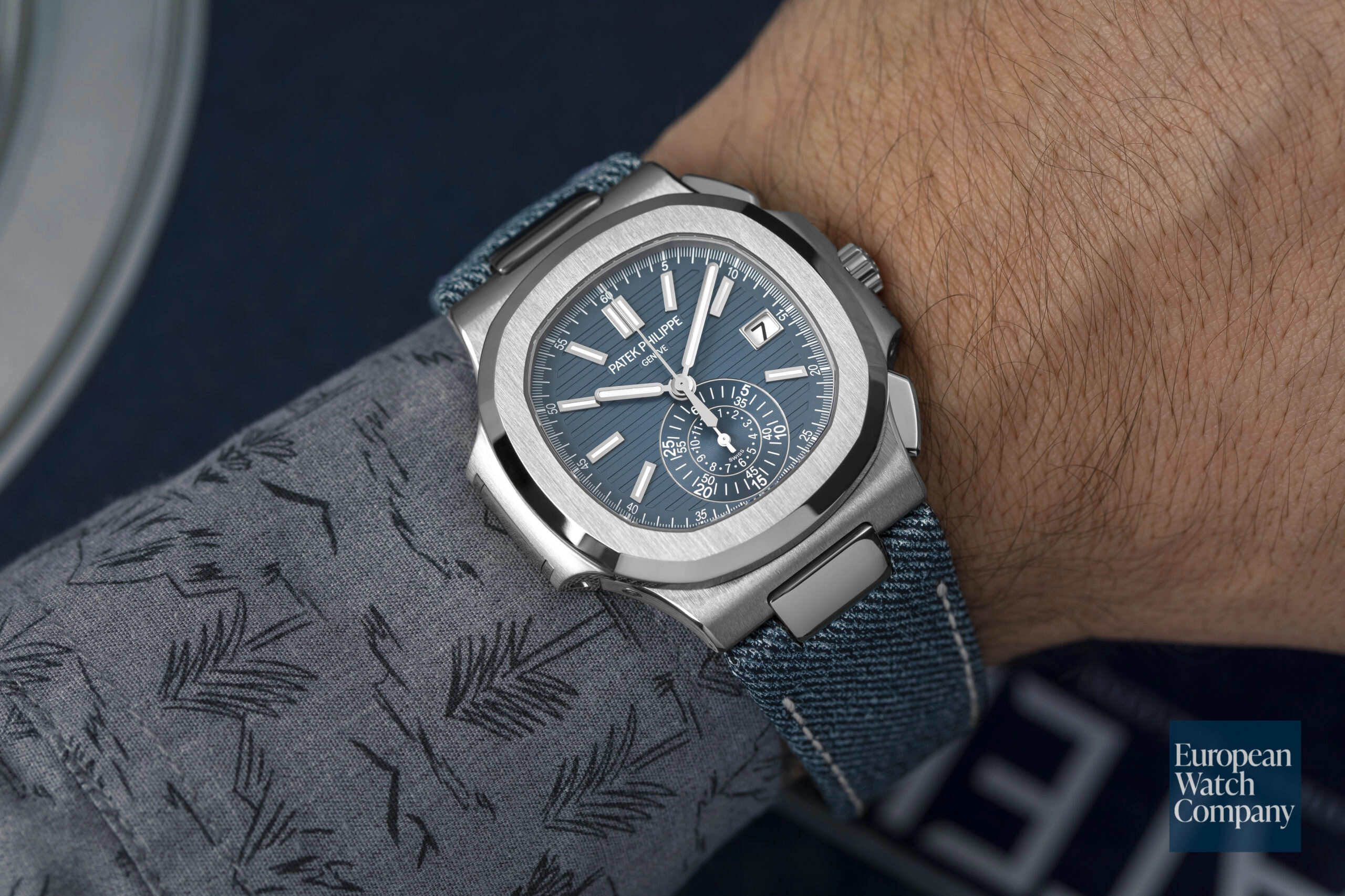
More Than Just Case Size
The first figure most people look at when sizing up a watch is the diameter. Thirty-six millimeters is often praised as the classic sweet spot, while 42mm is considered the modern standard. But diameter alone tells you very little. A 40mm diver with a wide bezel can feel more compact than a slim-bezel 38mm dress watch.
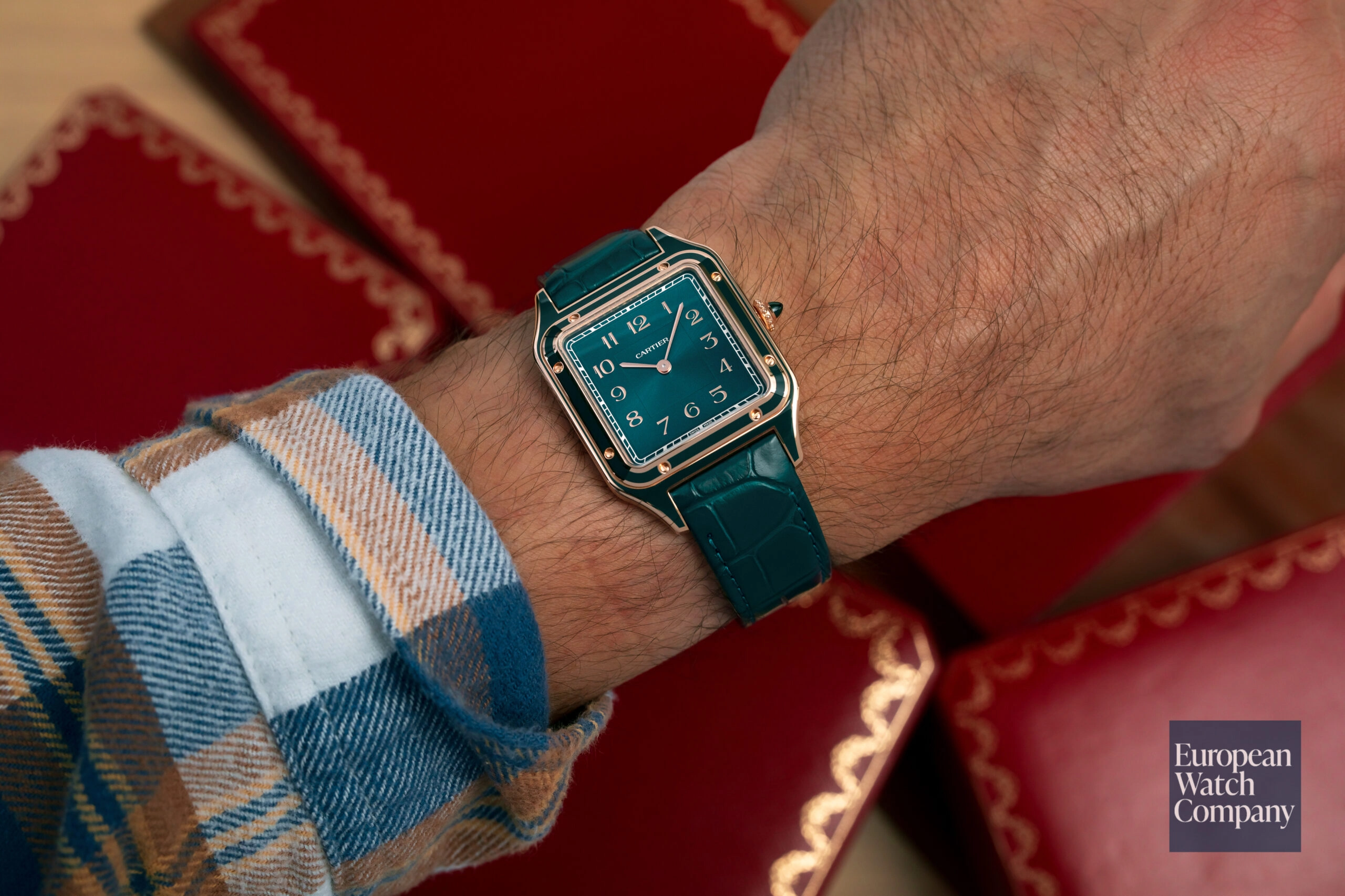
David Cote, Watch Specialist at European Watch Company, sees this daily when clients try on pieces. “Case size tends to be the single factor most clients react to first,” he said. They often decide immediately if a watch feels “too big” or “just right.” But in his view, diameter only sets the stage. “Lug-to-lug and thickness also significantly influence overall comfort and perception on the wrist,” he added, noting that weight can make or break how a larger or precious metal piece wears.
Thickness plays into this as well. A chronograph pushing 15mm can seem unwearable in theory, yet Cote points out that smart design can offset the bulk. The right curvature or a tapered profile can make what looks like a thick watch on paper feel surprisingly manageable.
The Crucial Role of Lug-to-Lug
Among seasoned collectors, lug-to-lug measurement often carries more weight than diameter. This distance, from one end of the lugs to the other, determines whether a watch stays within the natural borders of your wrist.
Thor Svaboe, a veteran watch journalist who reviews hundreds of watches, calls it the biggest surprise factor. “A 37–38mm watch can feel too big despite its image as a dainty dress piece if the lugs are too long,” he said, singling out brands like Longines and Nomos. Conversely, “a beefy dive watch with a 44mm width at the bezel can feel just right on a medium wrist.”
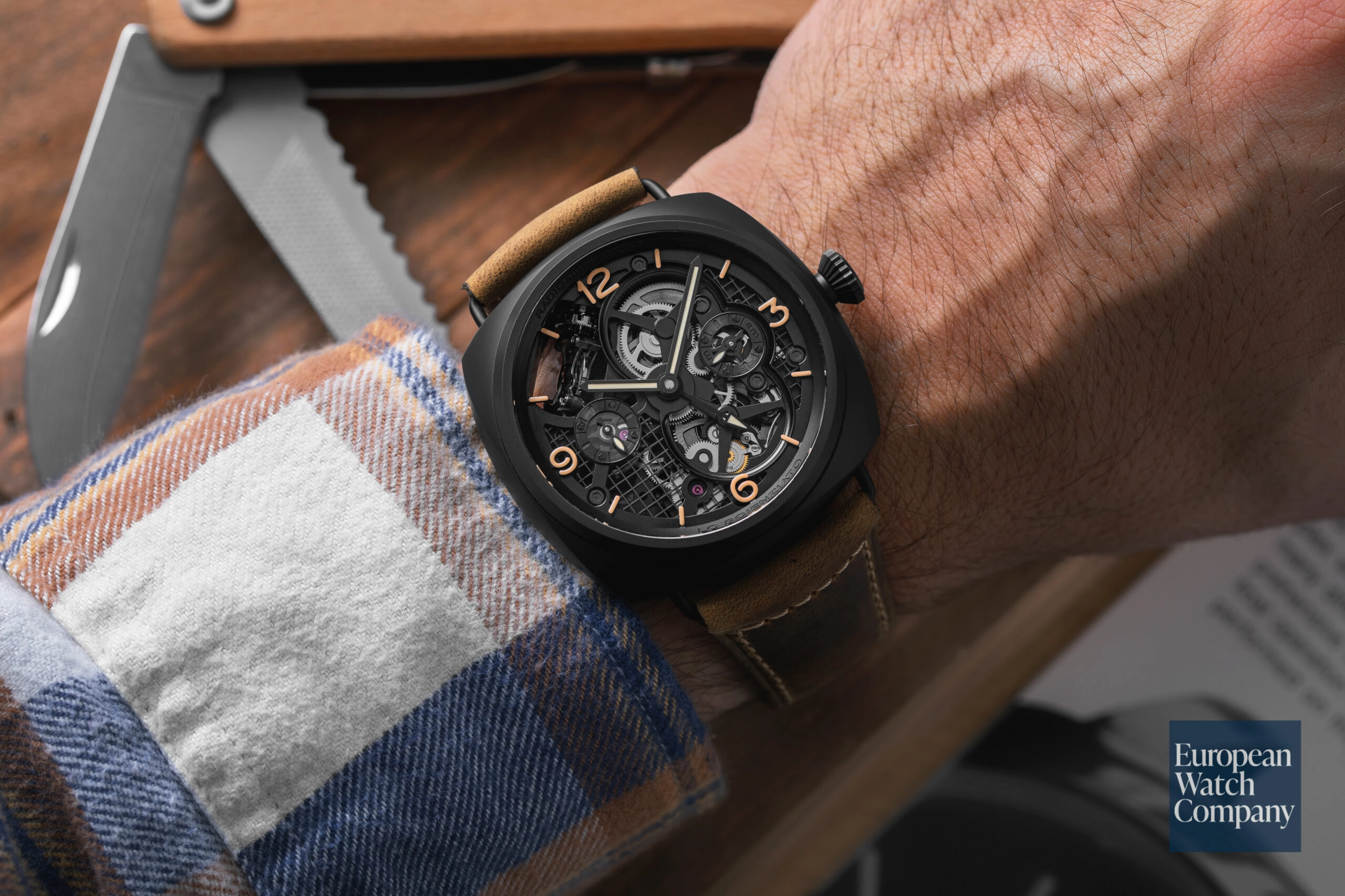
For Svaboe, it all comes down to ergonomics. “It’s about lug-to-lug length, their curvature, and case design, sometimes even a curved caseback that hugs the wrist,” he explained. These small details, often overlooked on spec sheets, are what transform a watch from intimidating to wearable. And he cautions against relying solely on online specs: “At the end of the day, it’s about finding a brand or aesthetic you enjoy, and making sure you actually try it on for size, even with the easy-clickable allure of online shopping.”
Weight, Balance, and Materials
Wearability also depends on how a watch feels once it’s strapped on. Titanium’s feather-light quality has made it popular, turning what might otherwise be a heavy case into something nearly invisible. Ceramic and carbon composites achieve a similar effect. But weight alone doesn’t guarantee comfort. A well-balanced steel watch can feel just as natural if its mass is evenly distributed and the strap integrates properly.
Cote notes that weight sensitivity becomes clearest with gold or platinum watches. The extra heft can surprise clients, and for some, it detracts from comfort. Others, however, enjoy that sense of substance. “Weight matters, especially for larger pieces or those in precious metals,” he said. It’s a reminder that comfort is personal: what feels reassuring to one collector can feel cumbersome to another.
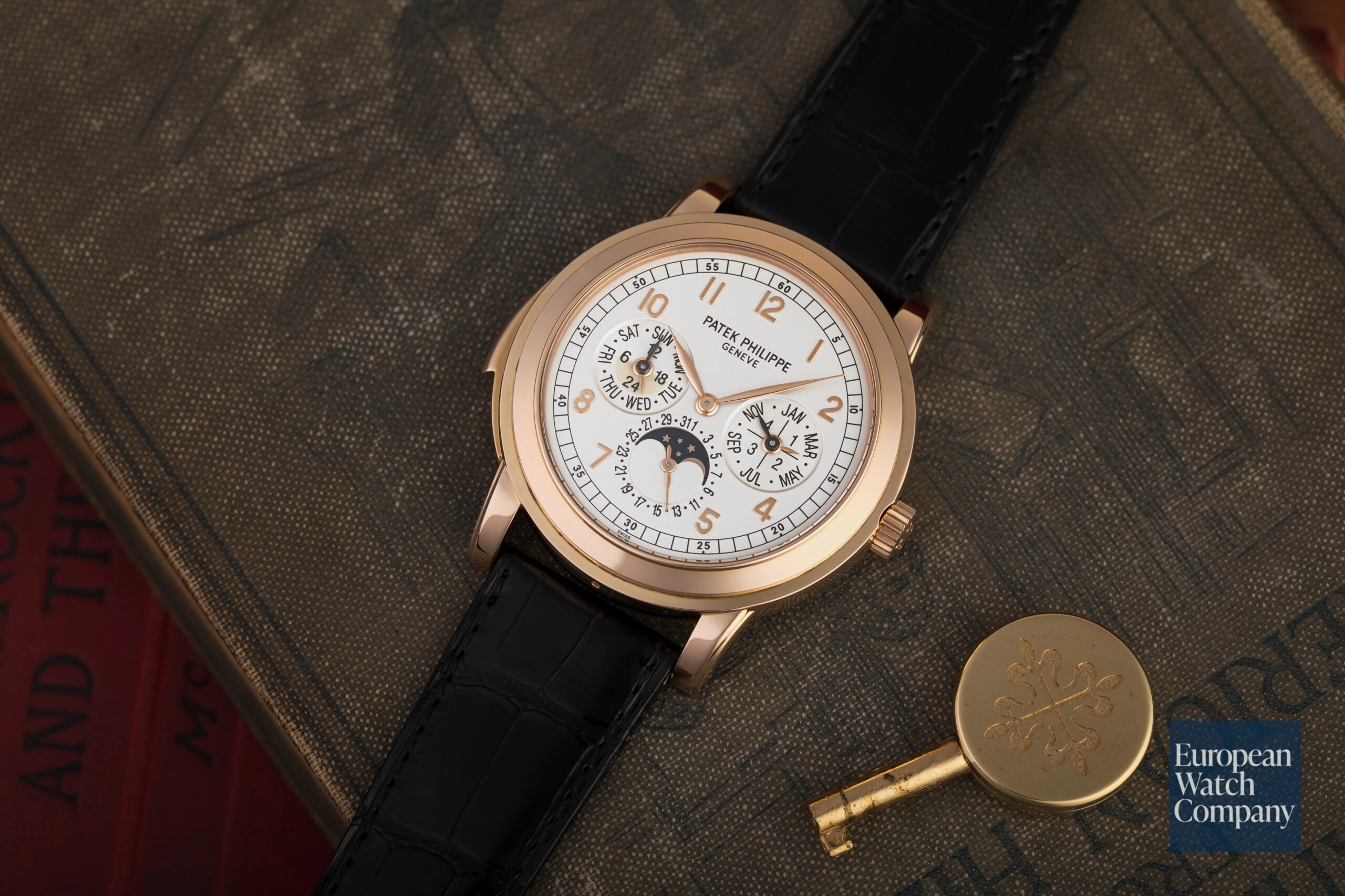
Design, Perception, and the Test of Time
Wearability also comes down to perception. A dial that feels open and minimal can make a watch wear larger, while a busier dial or thick bezel can make the same dimensions feel smaller. Dark dials tend to compress a watch visually, while lighter tones expand it.
Svaboe has seen his own tastes evolve. Early in his collecting journey, he gravitated toward large, blocky pieces. “I can still remember huge blocky watches on my wrist, refusing to slip under any cuff, giving me equal parts pleasure and pain,” he said. Over time, his preferences shifted. Now, he finds that “the wrist presence you’re after can be just as strong in a demure 36mm monochrome watch as in a flamboyant 43mm tool watch. If you pick the right one, both can feel equally comfortable.”
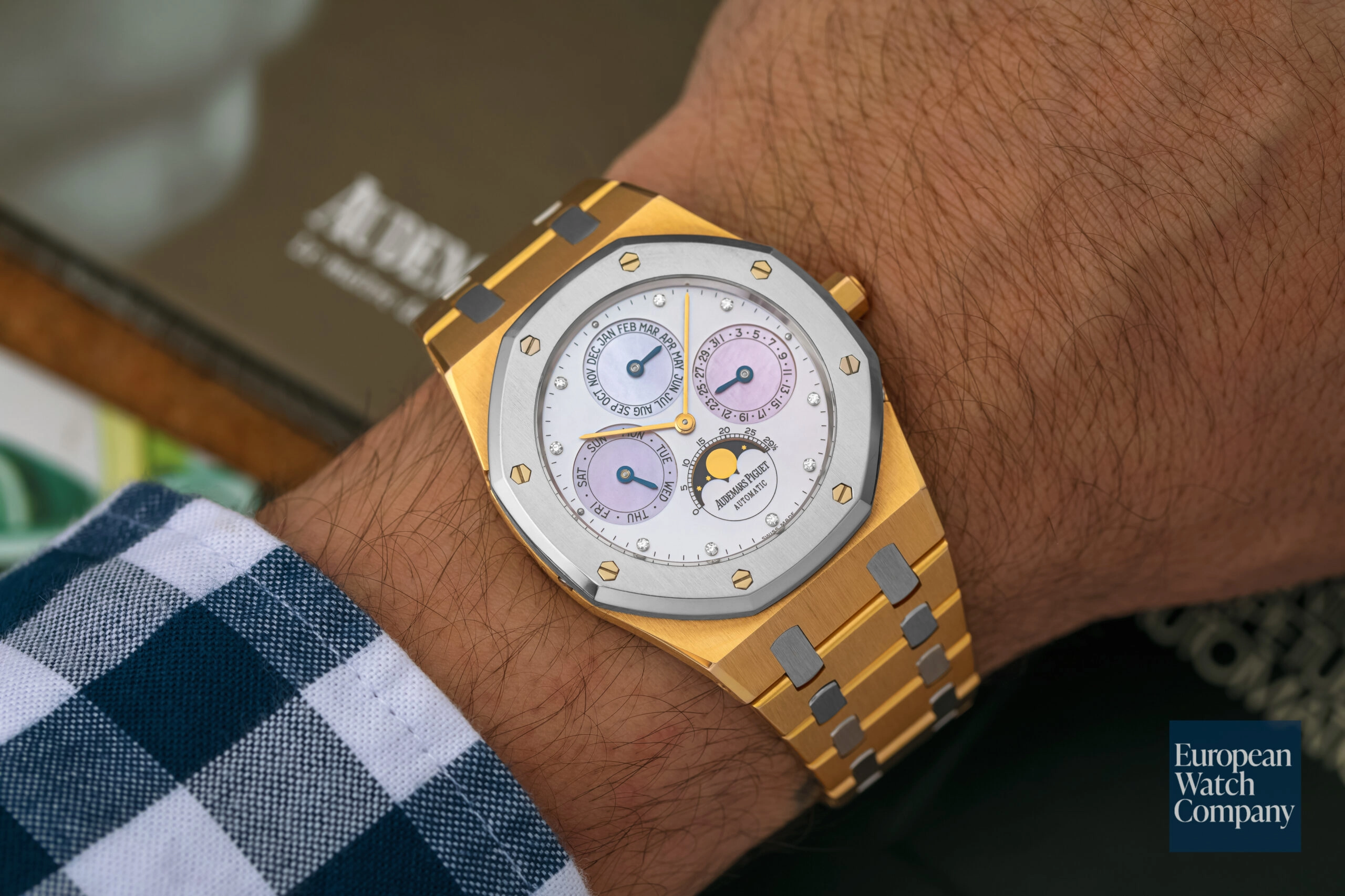
Cote has observed a similar shift at EWC. “Collectors are gravitating more toward versatility and comfort, staying under 40mm,” he said. Where oversized statement pieces once dominated, there’s now “increased appreciation for slimmer, balanced designs that can transition easily across casual and formal settings.”
Why “Wears Well” Matters
Ultimately, wearability decides whether a watch stays in a collection or gets sold. Collectors often forgive quirks in design, movement, or finishing if a watch simply feels right on the wrist. Comfort breeds attachment, and attachment leads to longevity.
That’s why the phrase “it wears well” carries such weight. It’s shorthand for the elusive mix of proportion, balance, and personal comfort that no spec sheet can capture, but you know it the moment the clasp closes.